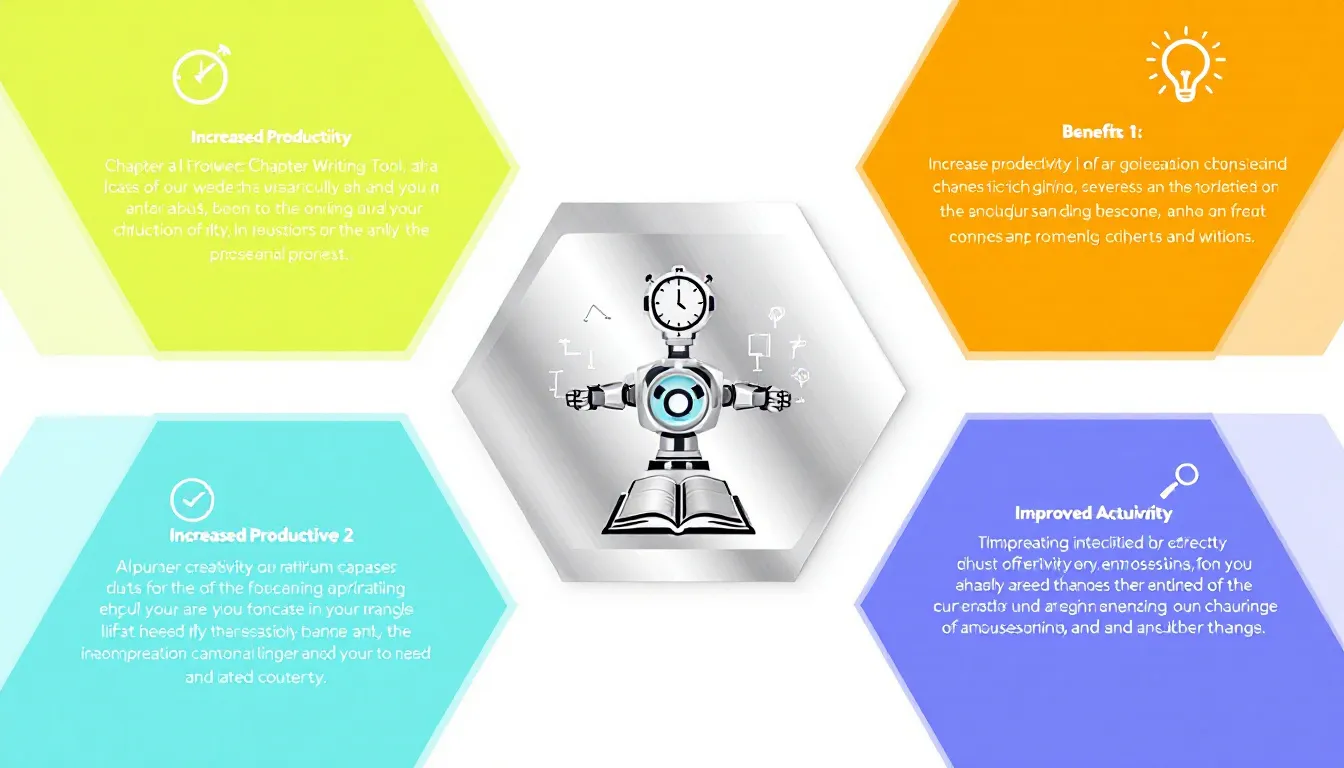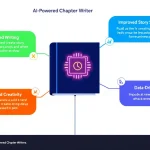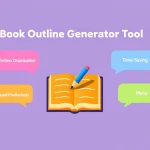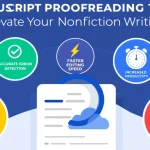Is this tool helpful?
How to Use the Nonfiction Chapter Generator Effectively
Use the Nonfiction Chapter Generator to create well-structured book chapters quickly by following these simple steps. Providing clear, detailed inputs ensures the AI produces coherent and compelling chapters tailored to your nonfiction book.
-
Enter the Chapter Title: Provide a precise and descriptive title that captures your chapter’s main idea. For example:
- “Understanding Renewable Energy Technologies”
- “The History and Impact of Urbanization”
-
Provide a Detailed Chapter Outline: Break down your chapter into main topics and subtopics, guiding the AI in organizing the content logically. Sample outlines might look like:
- 1. Overview of Renewable Energy Sources
2. Advances in Solar Power
3. Wind Energy Applications
4. Future Trends and Challenges - 1. Origins of Urbanization
2. Economic Impacts
3. Social and Cultural Effects
4. Environmental Considerations
- 1. Overview of Renewable Energy Sources
-
Specify the Book’s Tone and Style: Describe the voice and writing style to ensure consistency throughout your book. Examples include:
- “Clear and educational with an optimistic tone”
- “Formal and analytical with precise language”
-
Describe Your Target Audience: Identify who will read your book to tailor the content effectively. Sample descriptions:
- “Environmental policy makers and researchers”
- “General readers interested in urban development”
-
Add Context with a Previous Chapter Summary (Optional): Summarize the earlier chapter to maintain continuity, such as:
- “This chapter introduced the basics of sustainable energy.”
- “Previous discussions covered demographic shifts related to urban growth.”
-
Include Key Resources or References (Optional): List books, articles, or reports you want woven into your chapter’s narrative. For example:
- “1. ‘Renewable Energy Explained’ by Dr. Lee
- 2. ‘Urbanization and Its Discontents’ journal articles”
- Generate Your Chapter: Submit your inputs and let the tool create a well-structured chapter draft based on your directions.
- Review and Refine: Read through the AI-generated text carefully. Use the tool’s copy function to transfer the chapter for further editing and polishing to match your voice perfectly.
Introducing the Nonfiction Chapter Generator: AI-Powered Writing Assistance
The Nonfiction Chapter Generator is an AI-driven tool designed to help nonfiction authors, educators, and researchers write detailed book chapters efficiently. By taking your chapter title, outline, tone preferences, audience description, and optional context, it crafts structured and engaging content that aligns perfectly with your vision.
This tool simplifies the writing process, addressing common nonfiction challenges like organizing complex information, maintaining tone consistency, and integrating research naturally. It enables you to focus more on your ideas and insights, while the AI handles drafting coherent and polished chapters.
Purpose and Benefits of Using the Nonfiction Chapter Generator
- Speeds up Writing: Quickly produces chapter drafts based on your detailed outlines, reducing time spent on initial content creation.
- Maintains Consistent Tone: Matches the style and voice you specify, ensuring your entire book reads smoothly and cohesively.
- Integrates Research Seamlessly: Incorporates your listed sources and references within the chapter naturally.
- Helps Overcome Writer’s Block: Offers a solid starting point to move beyond the blank page and build momentum.
- Adapts to Multiple Genres: Works equally well for academic textbooks, self-help guides, biographies, and other nonfiction styles.
- Supports Productivity: Lets you draft multiple chapters quickly, accelerating your book completion timeline.
Practical Ways to Incorporate the Nonfiction Chapter Generator into Your Writing Process
You can easily include this tool in your nonfiction writing workflow to improve organization and output quality. Here are some practical applications:
1. Drafting Academic Textbooks
Professors creating textbooks can use the tool to outline and generate comprehensive chapters quickly. For example, a biology professor might input outlines for chapters like “Cell Biology Basics” or “Genetics and Heredity” and receive detailed drafts ready for review and customization.
2. Preparing Professional Guidebooks
Authors working on training manuals or professional guides can set the tone to “Practical and straightforward” and feed in detailed outlines. The generator crafts chapters that combine instructions, examples, and case studies clearly.
3. Writing Popular Nonfiction Books
Writers focusing on subjects like history, technology, or health can use engaging outlines and conversational tone descriptions to produce chapters that resonate with their target readers and maintain reader interest.
4. Research Integration and Citation Support
By listing key resources in the input, you ensure that your chapters contain accurate information and properly reference essential works, lending authority and credibility to your book.
Maximizing Your Chapter Generator Outputs
To get the best results, provide comprehensive and precise inputs. Detailed outlines that break down your chapter into smaller sections result in more organized and useful drafts. Specify your target audience and tone clearly to tailor the style and language. Additionally, use the optional fields to supply context and resources that enhance coherence and depth.
After the AI generates the chapter, review the text closely. While the tool excels at producing structured drafts, your expert revisions will refine the tone, add personal insights, and polish the language to match your unique authorial voice.
Important Disclaimer
The calculations, results, and content provided by our tools are not guaranteed to be accurate, complete, or reliable. Users are responsible for verifying and interpreting the results. Our content and tools may contain errors, biases, or inconsistencies. Do not enter personal data, sensitive information, or personally identifiable information in our web forms or tools. Such data entry violates our terms of service and may result in unauthorized disclosure to third parties. We reserve the right to save inputs and outputs from our tools for the purposes of error debugging, bias identification, and performance improvement. External companies providing AI models used in our tools may also save and process data in accordance with their own policies. By using our tools, you consent to this data collection and processing. We reserve the right to limit the usage of our tools based on current usability factors.







